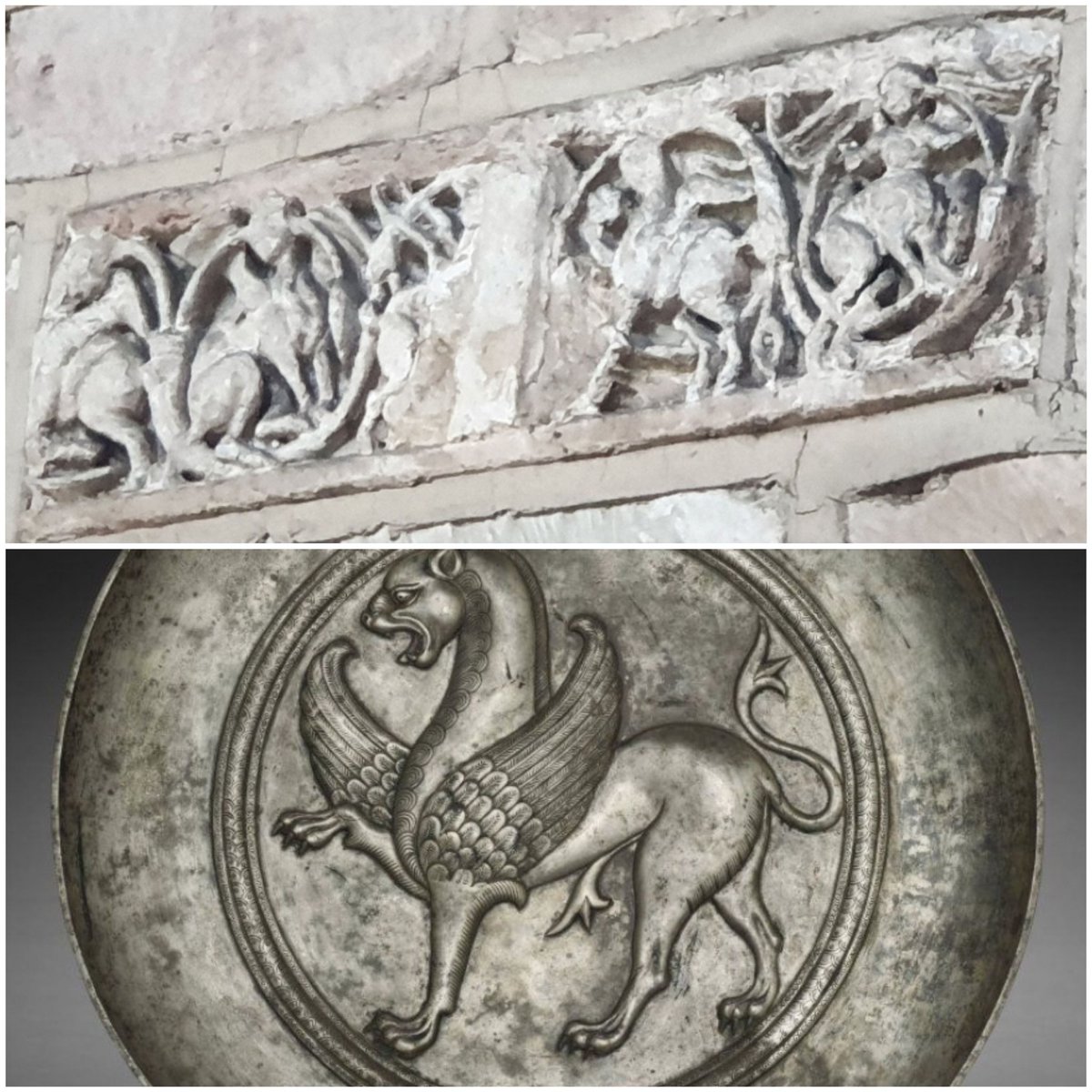Fascinating day at Repton with Mark Horton and @CatJarman yesterday. I first came here to dig with Mark & Martin Biddle aged 17 in 1982- and was present at the discovery of the mass burial of the Viking Great Army, recently made famous by Cat's fabulous book River Kings 



I rave reviewed Cat Jarman's River Kings in the FT in February- and can't recommemd it highly enough. Not only is it the best account of the archaeology of the Vikings, it also emphasizes the Vikings links to the East through a Gujerati carnelian bead that we found in the charnel 

We also went to rock-cut cave oratory of St Hardulph near the newly-discovered Viking Great Army camp at Foremark which Mark Horton has just published- it feels like a fragment of early Christian Cappadocia moved to the banks of the Trent. 



We also went to the hilltop church of Breedon on the Hill, which contains som fabulous 9thC Mercian sculpture, clearly influenced by Sasanian art- where else in Anglo-Saxon England can you find Sasanian gryphins and buraqs? 

Mercian birds with lappets (bottom) from Breedon on the Hill and their possible Sasanian models in silk and stucco 

• • •
Missing some Tweet in this thread? You can try to
force a refresh






























